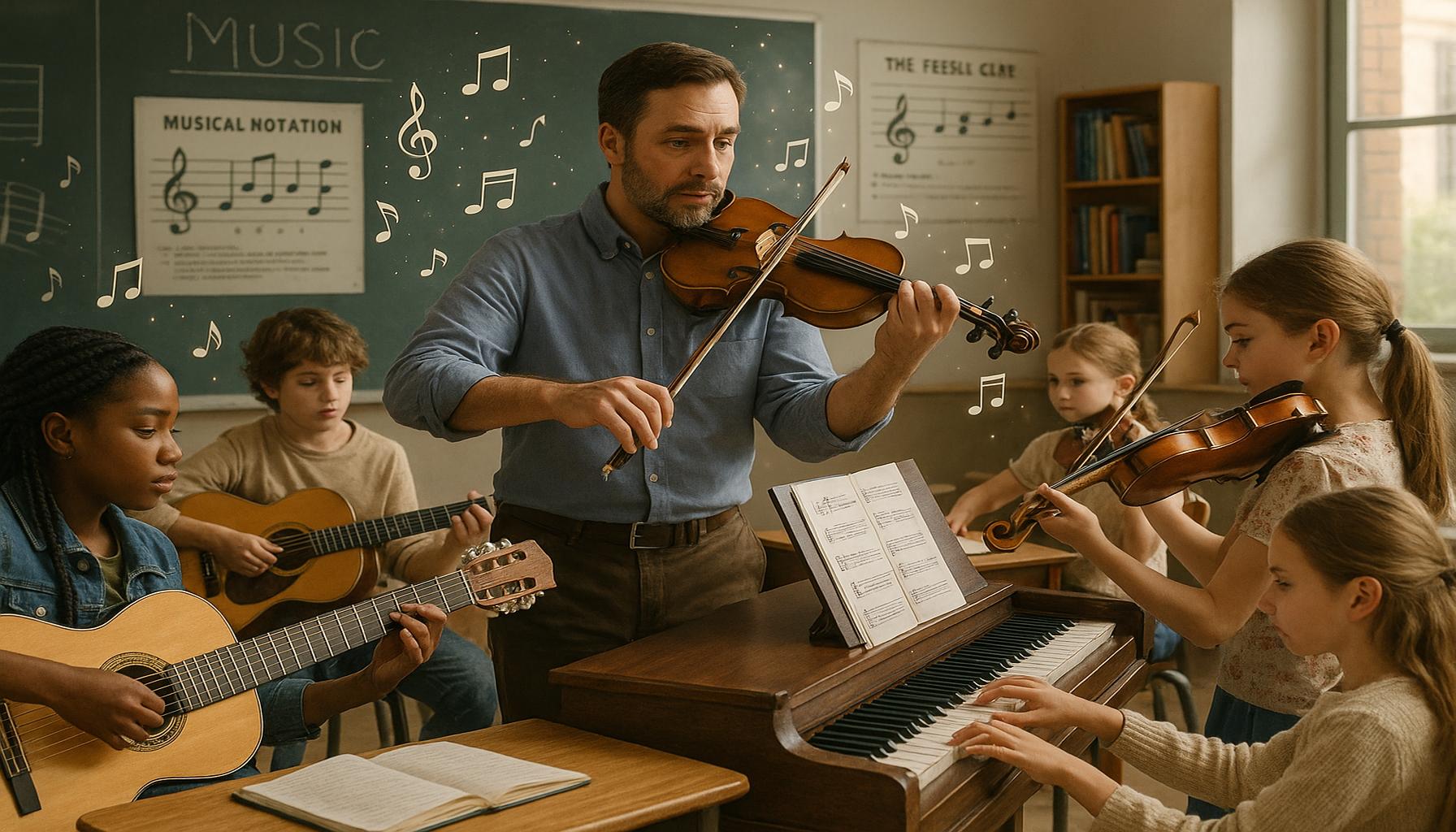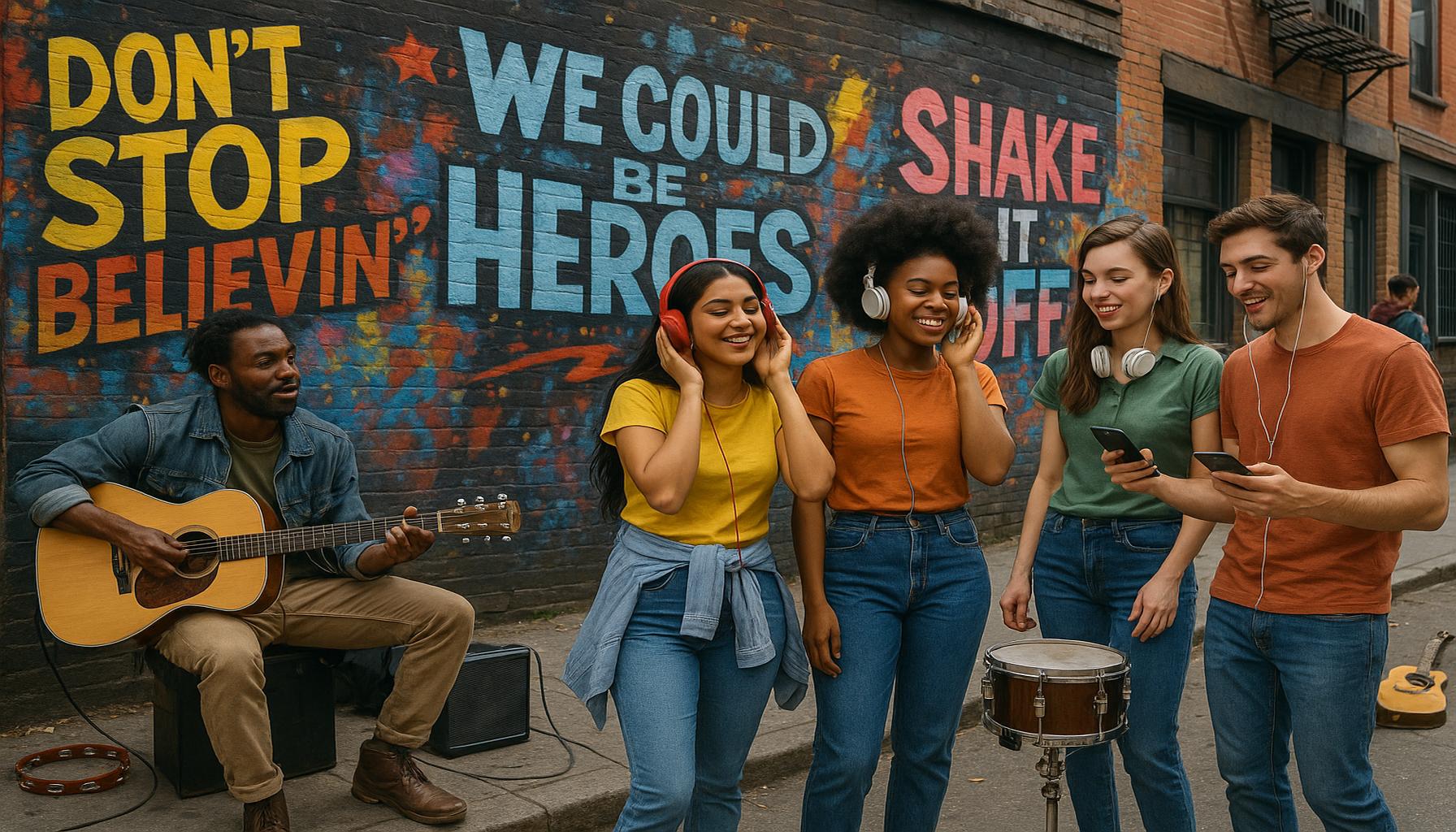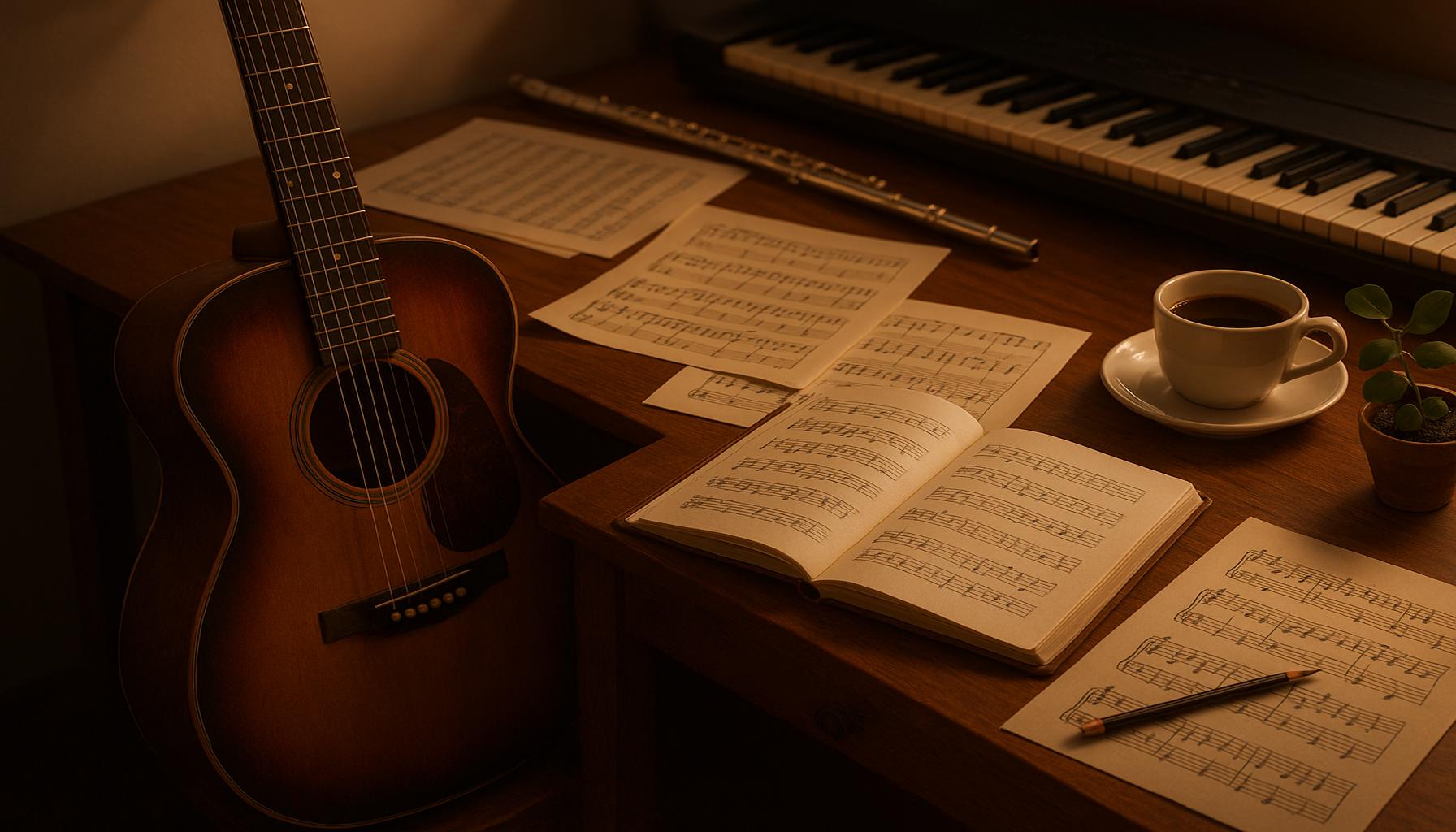The Influence of Music on Fashion: How Musical Styles Define Trends and Identities
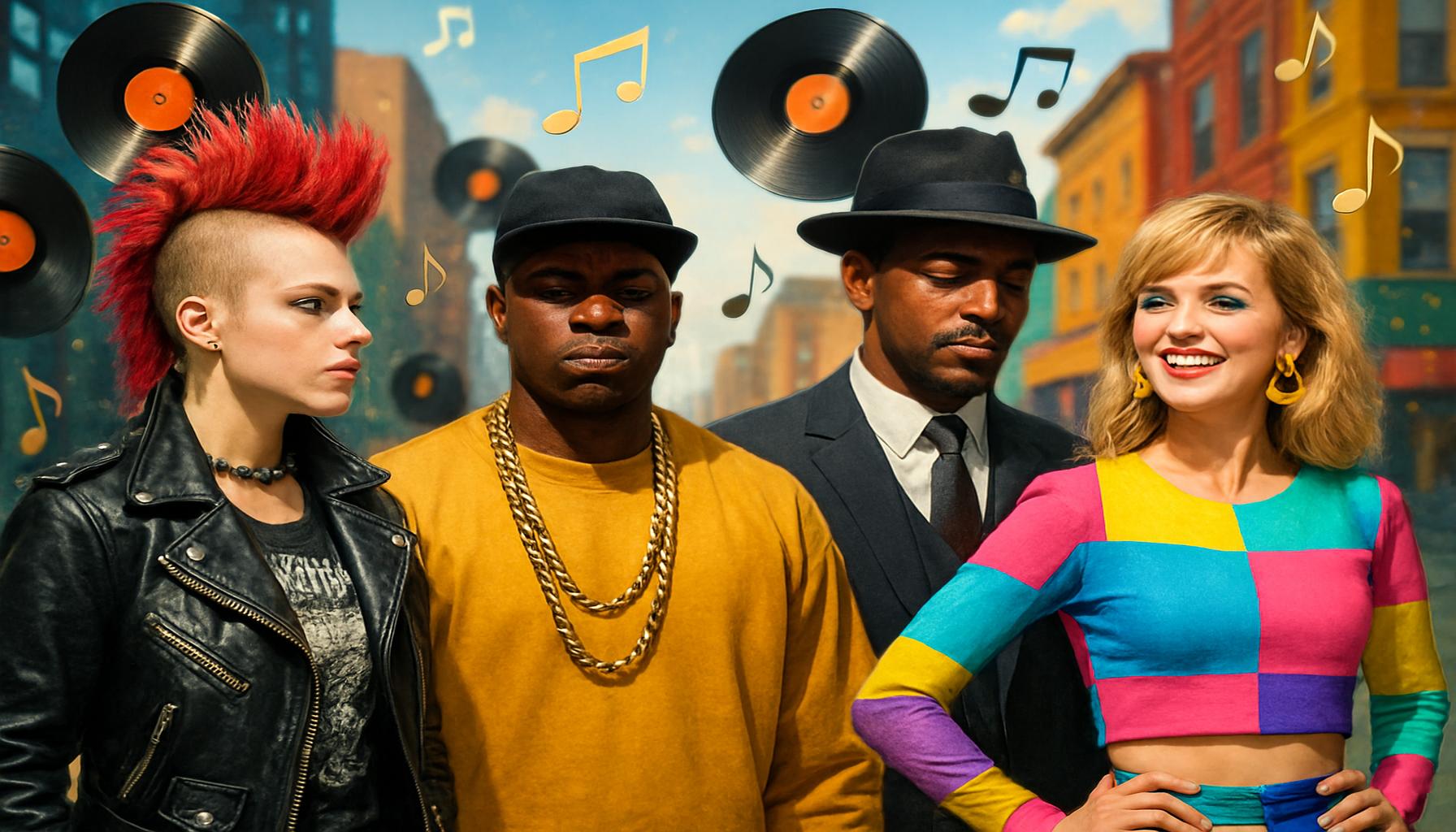
The Interconnected World of Music and Fashion
Music and fashion share a profound relationship, each constantly influencing and reshaping the other in a captivating interplay. Over the decades, musical styles have not only served as a means of personal expression but have also played a pivotal role in shaping cultural identities across the globe, particularly in the United States.
- Rock and Punk: Emerging in the rebellious energy of the 1960s and 1970s, these genres redefined youth culture. Iconic figures like Jimi Hendrix and bands like the Ramones popularized leather jackets, ripped jeans, and band tees as symbols of defiance and nonconformity. This fashion became more than just clothing; it was a statement against the norms of society, thriving on a desire for authenticity and raw expression.
- Hip-Hop: What began as an underground movement in the Bronx has blossomed into a global phenomenon. Hip-hop fashion is characterized by oversized fits, bold logos, and vibrant colors. Notable artists like Run-D.M.C. made Adidas sneakers and track suits a staple, while the likes of Kanye West have transformed streetwear with luxury collaborations. This genre embodies a spirit of empowerment, often addressing socio-economic issues and celebrating cultural heritage through style.
- Pop: Pop music, accessible and widespread, has set trends that resonate with broad audiences. From the glam rock of David Bowie in sequined outfits to the pastel palettes favored by contemporary artists like Taylor Swift, pop fashion often reflects the enchanting world of its music. Elaborate music videos and performances have contributed to a visual culture where fans eagerly emulate their idols, often leading to fleeting yet impactful fashion trends.
The synergy between these musical movements and the fashion industry creates a vibrant tapestry, where sounds and rhythms directly inspire clothing designs and styles. Artists, performers, and fans play a pivotal role in promoting these trends, often using their attire as a form of artistic expression that transcends mere aesthetics.
As we delve deeper into this intricate relationship, it becomes evident that music influences fashion in ways that extend well beyond surface-level appearances. The clothing we choose often communicates powerful messages about identity, societal change, and personal beliefs. An artist’s choice of attire can spark conversations around race, gender, and sexuality, proving that fashion is an essential language of its own, intertwined with the narratives conveyed through music.
This exploration invites us to understand that what we wear is often reflective of the sounds that fill our lives, beckoning us to further investigate how personal and collective identities are being shaped through this fascinating fusion of style and sound.
DISCOVER MORE: Click here to dive into the evolution of digital photography
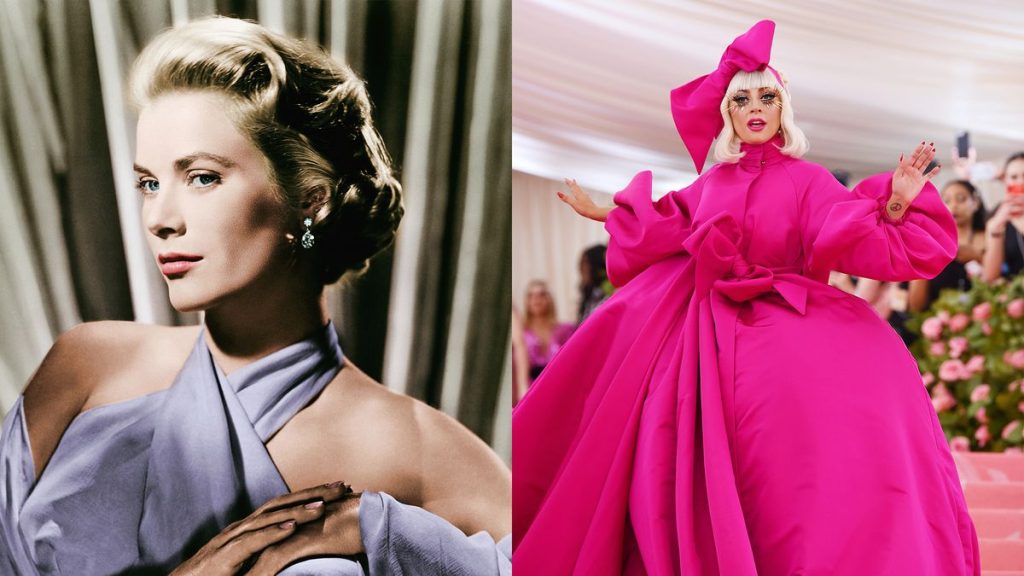
Fashion Trends Through Musical Genres
The impact of music on fashion is not merely a fleeting trend but is steeped in a cultural significance that has evolved over time. Each genre of music brings its own distinctive style, influencing not only how artists present themselves but also how fans choose to express their identities through clothing. The intersection of music and fashion serves as a mirror reflecting societal values and moments in history, creating trends that can resonate for generations.
To fully grasp this influence, one can look at how several genres have consistently shaped fashion trends:
- Country Music: This genre has a rich tradition of style, often characterized by denim, cowboy boots, and accessories like hats and belts. Artists such as Dolly Parton and Garth Brooks have popularized these looks, which convey a sense of Americana and nostalgia. Over the years, the rise of contemporary country stars has introduced a more polished aesthetic, blending traditional Western wear with modern fashion elements, appealing to a broader audience.
- Grunge: Emerging from the Seattle music scene in the late 1980s and early 1990s, grunge encapsulated a spirit of rebellion against the polished look of mainstream music. Bands like Nirvana and Pearl Jam popularized thrift store fashion—plaid flannel shirts, loose-fitting jeans, and combat boots became synonymous with this gritty aesthetic. Grunge was not just about comfort; it embodied a declaration of authenticity that resonated with disillusioned youth.
- EDM and Festival Culture: Electronic Dance Music has redefined fashion, particularly through festival attire. Rave culture’s explosion led to vibrant colors, eclectic prints, and playful accessories that celebrate freedom and self-expression. Major music festivals like Coachella and Electric Daisy Carnival have turned into platforms for fashion showcases, where attendees experiment with bold looks that often set the tone for seasonal trends.
These examples illustrate how music genres translate into distinct fashion statements, helping followers develop a sense of community and belonging. Musicians, through their fashion choices, often become cultural icons, and their influence extends beyond their music, prompting fans to embrace similar styles. This dynamic exchange fosters a unique social landscape where clothing becomes a visual representation of musical tastes and affiliations.
Moreover, the role of social media has amplified this connection, allowing fans to share and curate their interpretations of these styles in real-time. Platforms like Instagram and TikTok enable a rapid dissemination of fashion trends fueled by music, creating a cycle of inspiration that perpetuates the influence of sound on style.
As we delve deeper into this fascinating nexus of creativity, it becomes clear that the influence of music on fashion runs deep, reflecting broader cultural movements and personal identities. The clothing we wear can tell stories about our tastes, affiliations, and aspirations, intertwining the rhythms of life with the fabric of our personal style.
The Influence of Music on Fashion: How Musical Styles Define Trends and Identities
Music has long been intertwined with fashion, serving not just as a backdrop but as a foundational element that shapes cultural identities and trends. This relationship is evident through various genres, each leaving an indelible mark on style and personal expression. From the flamboyant outfits of glam rock to the casual comfort of hip-hop, musical influences mold public perception and individual tastes alike.
Musical movements often give rise to distinct fashion statements, creating a visual language that resonates with fans. For instance, punk rock’s characteristic leather jackets, ripped denim, and DIY aesthetics symbolize rebellion and nonconformity. These styles transcend mere clothing; they become statements of identity, allowing individuals to express their belonging to specific subcultures. The aesthetics of the music scene can dramatically shift the mainstream fashion landscape, making previously unthinkable trends the norm.
Moreover, the fashion choices of influential artists can set new standards for what is considered stylish. Icons like David Bowie, Madonna, and Beyoncé have transformed the industry, demonstrating how personal style can reflect artistic innovation and cultural narratives. As these artists push boundaries, they inspire designers and enthusiasts alike to explore and embrace diversity in fashion. This cyclical dynamic between music and fashion fosters a rich tapestry of creativity where styles are continuously evolving.
When examining the crossover of music and fashion, it’s essential to also consider how fashion brands collaborate with musicians. Exclusive merchandise, artist-designed collections, and fashion shows centered around musical themes showcase how intertwined these worlds have become. Such collaborations not only elevate the visibility of artists but also introduce new trends to a broader audience. These intersections fuel a perpetual cycle of influence, reaffirming that music is not just an auditory experience but a vital part of visual culture.
| Musical Influence | Fashion Trends |
|---|---|
| Punk Rock | Leather jackets, ripped jeans, DIY fashion |
| Hip-Hop | Baggy pants, streetwear brands, oversized silhouettes |
This exploration of the connection between music and fashion reveals its significance not only in personal expression but also in shaping societal norms. Understanding these dimensions opens a pathway to appreciate how deeply our musical preferences can inform our style choices.
DISCOVER MORE: Click here to enhance your writing style
The Role of Music Icons in Shaping Fashion Narratives
While various genres of music provide a canvas for fashion trends, it is the emergence of music icons that primarily shapes the narrative surrounding style and identity. Artists like Madonna, David Bowie, and Beyoncé have transcended their musical talents, becoming formidable forces in the world of fashion. These musicians craft not only a unique sound but also a visual identity that resonates deeply with their fan base, influencing how followers perceive and express their styles.
Madonna, often dubbed the “Queen of Pop,” revolutionized fashion during the 1980s by blending punk, glam, and high fashion into an inimitable style. Her ability to reinvent herself through fashion has inspired countless trends, from lace gloves to oversized bows. By marrying her music with striking visuals, she opened the door for artists to understand the power of fashion as a tool for self-expression. Each of her albums brought forth a new wave of fashion crazes, encapsulating the evolving essence of femininity and empowerment.
Similarly, David Bowie challenged traditional notions of masculinity through his outrageous stage costumes. His alter ego, Ziggy Stardust, is a testament to the impact of music and fashion as intertwined forms of art. Bowie’s eclectic wardrobe showcased everything from sequined jumpsuits to bold makeup, encouraging fans to embrace their unique identities without fear of judgment. The legacy he left behind has prompted discussions about gender fluidity and personal expression in contemporary fashion, highlighting how music can shift societal norms.
More recently, artists like Beyoncé and Lady Gaga have used their platforms to advocate for cultural pride and representation through fashion. Beyoncé’s “Formation” music video not only celebrated Black culture but also showcased designers like Balmain and Maison Margiela, further cementing the link between music, fashion, and social identity. Her influence is felt in the expansion of body inclusivity and diversity in fashion, as she often collaborates with designers who prioritize representation in their collections.
- Hip-Hop Culture: The emergence of hip-hop culture in the late 20th century marked a monumental shift in how fashion interplayed with music. Artists such as Run-D.M.C. and Tupac Shakur brought streetwear to the forefront, melding athletic attire with high-end fashion. This genre has become synonymous with trends like oversized silhouettes, branded caps, and chunky sneakers, rooted in the ethos of comfort and bold self-expression.
- Rock and Punk Influences: The rebellious spirit of rock and punk music has consistently pushed the boundaries of fashion. Leather jackets, band tees, and combat boots epitomize this aesthetic. Musicians like Joan Jett and the Ramones inspired fans to adopt these edgy looks as a statement of individuality and defiance against the mainstream.
- Pop Icons and Mainstream Trends: Pop sensations like Ariana Grande and Billie Eilish continue to shape teen fashion through their distinct aesthetic choices. Grande’s signature high ponytail and oversized sweatshirts, juxtaposed with Eilish’s baggy clothing and neon hues, demonstrate how youthful artists can validate and drive contemporary fashion trends among young audiences.
The influence of music icons serves as a powerful reminder that fashion is more than just clothing; it’s a narrative influenced by cultural shifts and personal stories. As musicians actively shape style, they embolden their audiences to explore and express their identities, thus reinforcing the deep connections between music, fashion, and self-representation. In this ongoing dialogue between sound and style, one can see how each note played on a guitar or lyric sung into a microphone echoes through the fabric of personal expression.
EXPLORE MORE: Click here to unlock your writing potential
Conclusion: The Unbreakable Bond Between Music and Fashion
In conclusion, the relationship between music and fashion is a dynamic interplay that shapes not only trends but also our understanding of identity and self-expression. From the rebellious aesthetics of punk rock to the vibrant expressions found in hip-hop, music genres continuously redefine the boundaries of style. Artists serve as cultural ambassadors, influencing generations with their unique looks and sounds, making fashion an extension of their creative artistry.
The role of music icons is pivotal; they inspire fans to embrace their individual styles, as seen in the bold reinventions of stars like Madonna, David Bowie, and Beyoncé. These figures exemplify how fashion can articulate personal narratives, enriching the cultural tapestry woven by their musical legacies. As they advocate for diversity and representation, we witness a significant shift towards inclusivity within the fashion landscape, reflecting the society in which these artists operate.
The conversation between music and fashion is ongoing, constantly evolving with new genres and styles emerging. As today’s influential figures like Billie Eilish and Lil Nas X continue to challenge norms, they pave the way for future artists to explore uncharted territories in fashion. This intricate relationship underscores the importance of staying attuned to cultural cues and recognizing fashion as an ever-changing form of artistic expression. Each piece of clothing adorned, every accessory worn, speaks volumes about our collective cultural experiences, making the influence of music on fashion a captivating topic worthy of further exploration.
